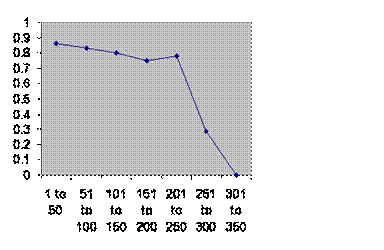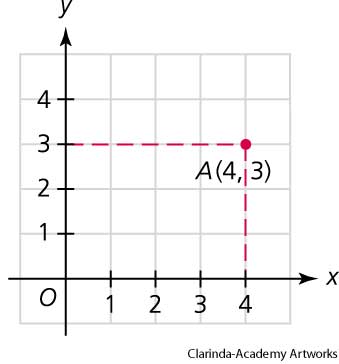

Matching on exposure allows studying the effect of con-founder/effect-modifier per se but precludes studying its effect on the exposure risk without additional information, such as comes from the cohort. 4 If there is evidence of interaction or possible confounding in the case-control sample, a logical next step in the analysis would be to examine how exposure risk estimates vary with the level of the other factor. Selecting controls by individually matching them to cases on radiation exposure can improve statistical efficiency for testing interaction with another factor. This raises the issue of how best to select controls to provide maximum statistical efficiency. Oestradiol, which is expensive to assay and requires sera, for which supplies are limited, will be measured in all cases but only a subset of controls.

At the Radiation Effects Research Foundation (RERF), we are conducting a study of radiation and oestradiol as joint risk factors for pre-menopausal breast cancer using stored sera obtained from atomic bomb survivors who participated in biennial clinical examinations conducted for RERF's Adult Health Study. 3 demonstrated interactions between radiation and breast cancer risk factors that may be related to constitutional hormone levels. Furthermore, the joint effect of radiation and oestradiol has not been studied, although Land et al. 2 Little is known, however, about oestradiol levels and the risk of pre-menopausal breast cancer. 1 Key, Verkasalo, and Banks showed that serum oestradiol is positively associated with risk of breast cancer, with risks being about twice as high for postmenopausal women with high, as opposed to low, serum oestradiol concentrations. The relative risk of early-onset breast cancer (diagnosis under age 35) for 1 Sv of radiation is 14 among women irradiated by the atomic bombs before age 20 the overall relative risk of breast cancer ranges from 2.3 to 3.4 among all women exposed under the age of 40. If the exposure is rare or has a skewed distribution, ignoring it in selecting controls can lead to a loss of statistical efficiency, so exposure-based methods of control selection might be considered.Īs an example, although radiation and oestradiol are both strong risk factors for breast cancer, only radiation dose is known for atomic bomb survivors.

The purpose might be to study the effects of potential confounders or effect-modifying factors on the exposure risk. In cohort studies aimed at investigating the effects of already measured risk factors-such as radiation exposure in the survivors of the atomic bombings of Hiroshima and Nagasaki, Japan-nested case-control studies may be conducted to analyse the effects of additional factors that cannot be assessed practically in the entire cohort. Nested case-control studies, probability sample, matching, counter matching, breast cancer, radiation effects
#Abscissa international inc. full#
Results Compared with random sampling, power to detect interaction was similarly higher with either matching or counter matching with two or more controls.Ĭonclusions Because counter matching is generally at least as efficient as random sampling, whereas matching on exposure can result in loss of efficiency and precludes estimation of exposure risk, we recommend counter matching for selecting controls in nested case-control studies of the joint effects of multiple risk factors when one is previously measured in the full cohort. Radiation dose is measured in the entire cohort, but because neither serum oestradiol level nor the true degree of interaction was known, we simulated values of oestradiol and hypothetical levels of oestradiol–radiation interaction. Methods We estimated the power to detect interaction using four control-to-case ratios (1:1, 2:1, 4:1, and 8:1) in a planned case-control study of the joint effect of atomic bomb radiation exposure and serum oestradiol levels on breast cancer.

We compared three control-selection strategies-matching on exposure, counter matching on exposure, and random sampling-to determine which was most efficient in a situation where exposure is a known, continuous variable and high doses are rare. Background Studies of the effect of exposure to a risk factor measured in an entire cohort may be augmented by nested case-control subsets to investigate confounding or effect modification by additional factors not practically assessed on all cohort members.


 0 kommentar(er)
0 kommentar(er)
